Uranium Tailings Storage of Maili-Suu
41°17’8047″N 72°28’8272″E
In 1946, industrial development of the Mailuu-Suu deposit began. In the late 1940s, the atomic industry started to form in Kyrgyzstan, focused on fulfilling military programs. It was during this period that the development of mines with high uranium and rare earth material content began. From 1966 to 1973, 23 tailings containing about 2 million cubic meters of radioactive waste were sealed on the territory of the former mines.
Mailuu-Suu is unique in that there is little uranium waste, but it is scattered across 23 tailings, resembling a tiger's skin.
According to experts, there are two types of danger from the uranium tailings. Firstly, there is radiation. However, if the tailings are sealed, they will not pose a serious threat. Fences around the tailings in Mailuu-Suu have been erected about ten times, but the local population has always torn them down. Radiation is not felt, so people think everything is fine.
The second danger is that if a landslide occurs on the tailings, it can "squeeze" the tailings out. The mass contained within can enter the rivers (and all of ours are transboundary), posing a risk of water contamination. So, living there is not dangerous, but one must understand the risk of their destruction due to landslides and mudflows and work to reduce that risk.
Currently, there are 35 tailings in Kyrgyzstan that are in an abandoned state, of which 30 contain waste from uranium production, and the remaining 5 contain waste from non-ferrous metal production. Most of the tailings have been subjected to dangerous natural processes due to untimely conducted work, which was not taken into account during their construction. Natural disasters were also not considered. A sharp increase in landslide, mudflow, erosion, and seismic activity on the slopes adjacent to the Mailuu-Suu tailings could lead to their destruction, which, in turn, would result in the release of tailings material not only into the Mailuu-Suu river valley but also into the densely populated Fergana Valley and, most alarmingly, into the Syr Darya river basin, leading to a regional ecological disaster.
In 1946, industrial development of the Mailuu-Suu deposit began. In the late 1940s, the atomic industry started to form in Kyrgyzstan, focused on fulfilling military programs. It was during this period that the development of mines with high uranium and rare earth material content began. From 1966 to 1973, 23 tailings containing about 2 million cubic meters of radioactive waste were sealed on the territory of the former mines.
Mailuu-Suu is unique in that there is little uranium waste, but it is scattered across 23 tailings, resembling a tiger's skin.
According to experts, there are two types of danger from the uranium tailings. Firstly, there is radiation. However, if the tailings are sealed, they will not pose a serious threat. Fences around the tailings in Mailuu-Suu have been erected about ten times, but the local population has always torn them down. Radiation is not felt, so people think everything is fine.
The second danger is that if a landslide occurs on the tailings, it can "squeeze" the tailings out. The mass contained within can enter the rivers (and all of ours are transboundary), posing a risk of water contamination. So, living there is not dangerous, but one must understand the risk of their destruction due to landslides and mudflows and work to reduce that risk.
Currently, there are 35 tailings in Kyrgyzstan that are in an abandoned state, of which 30 contain waste from uranium production, and the remaining 5 contain waste from non-ferrous metal production. Most of the tailings have been subjected to dangerous natural processes due to untimely conducted work, which was not taken into account during their construction. Natural disasters were also not considered. A sharp increase in landslide, mudflow, erosion, and seismic activity on the slopes adjacent to the Mailuu-Suu tailings could lead to their destruction, which, in turn, would result in the release of tailings material not only into the Mailuu-Suu river valley but also into the densely populated Fergana Valley and, most alarmingly, into the Syr Darya river basin, leading to a regional ecological disaster.

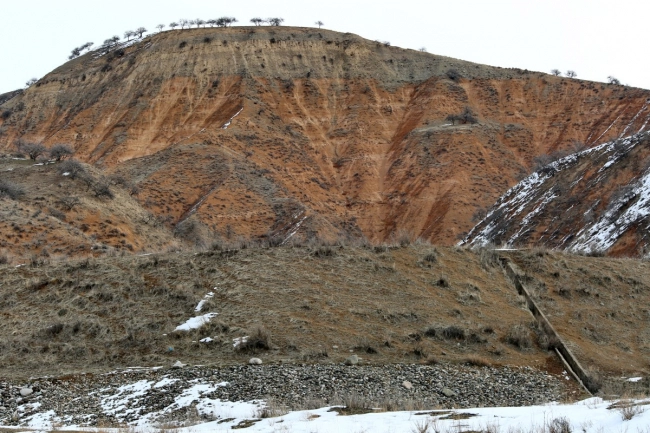
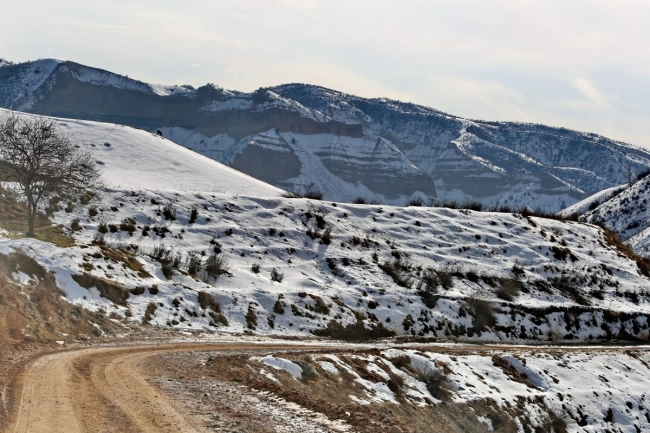
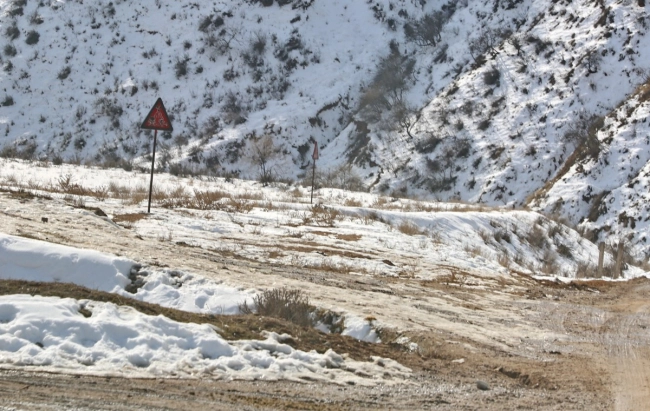
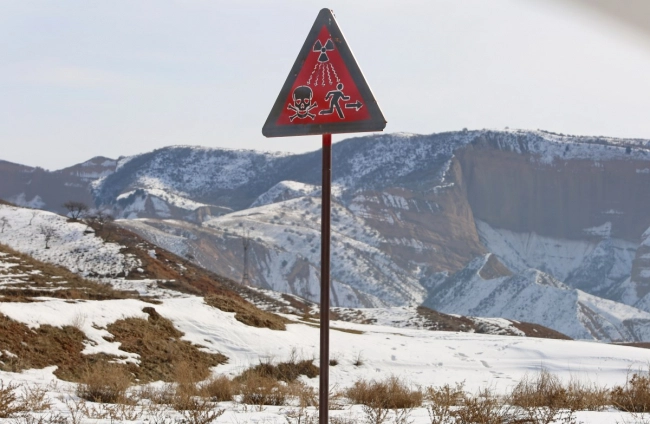

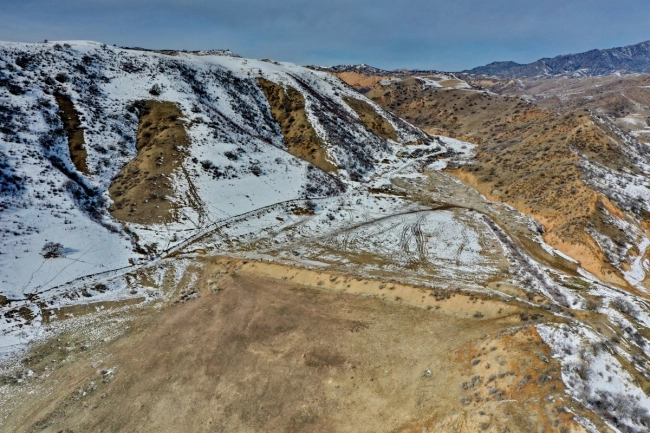


















Attention: Information based on submitted complaints